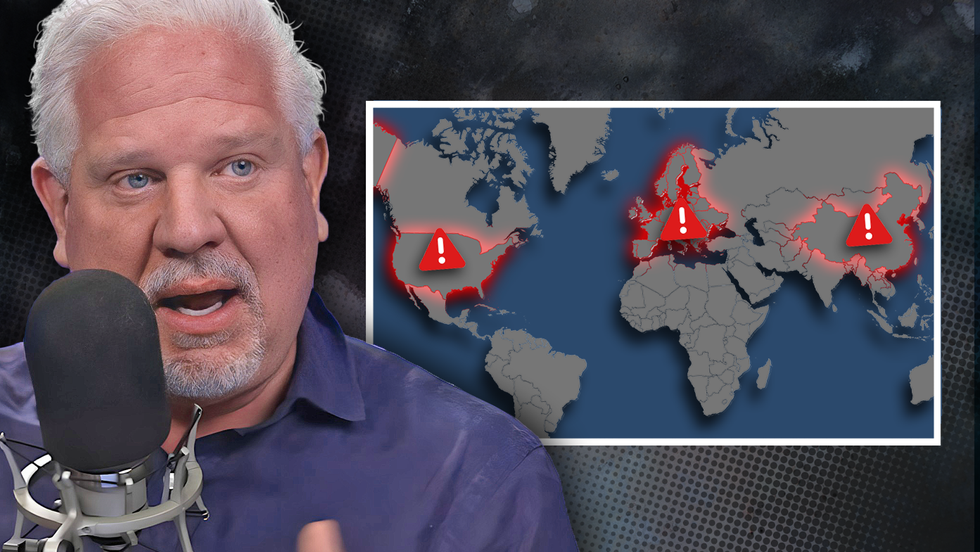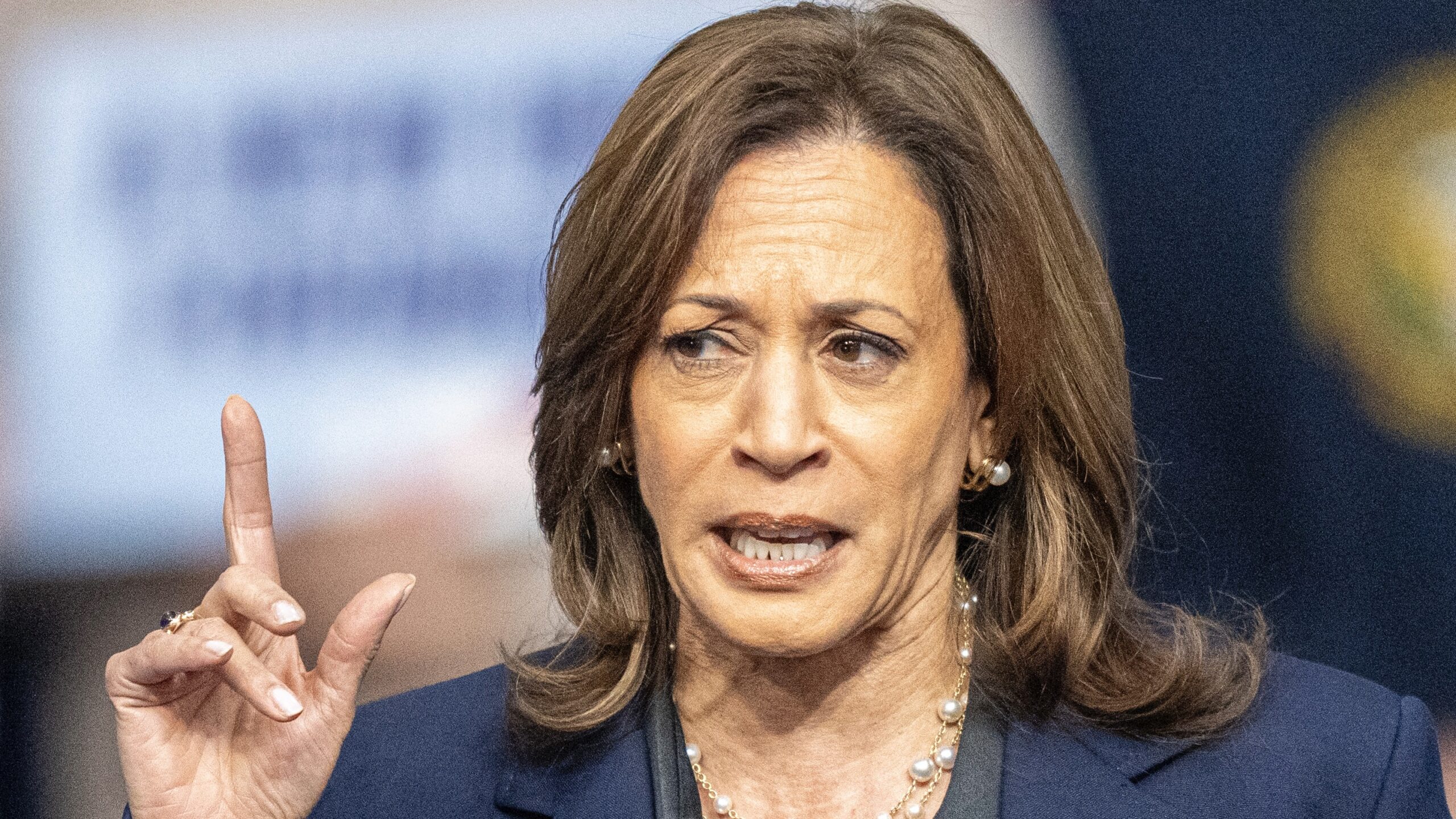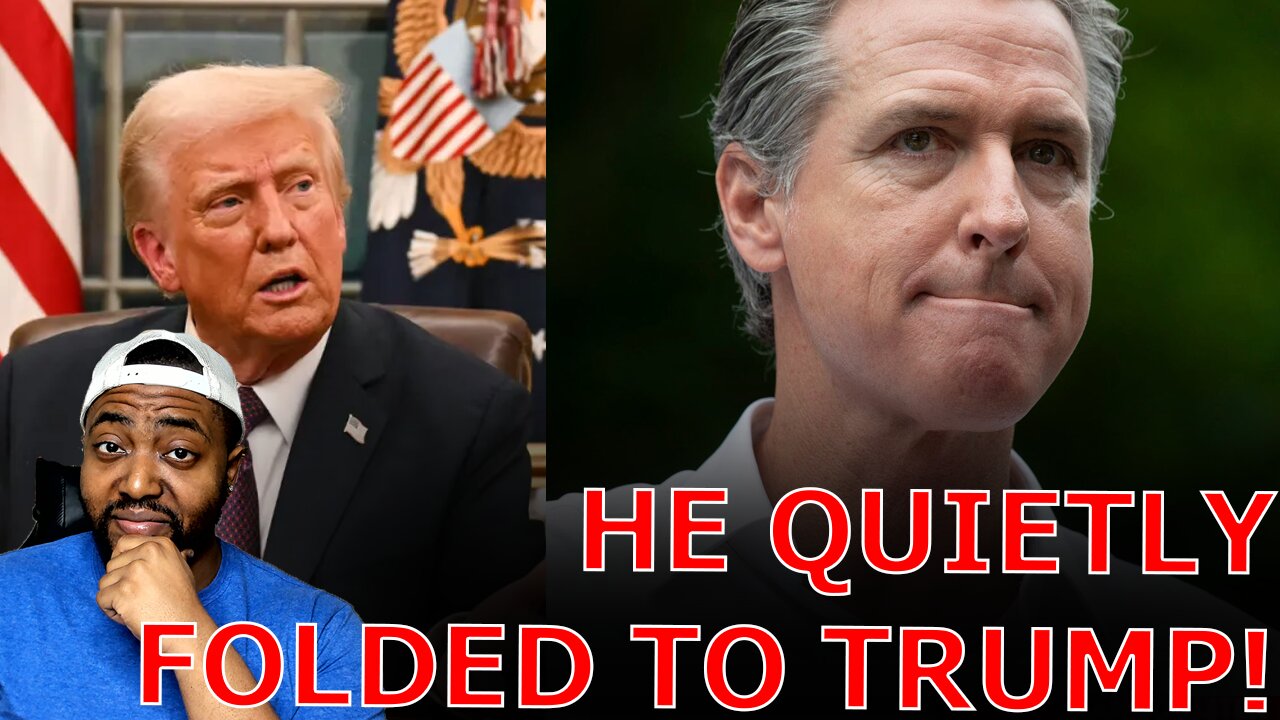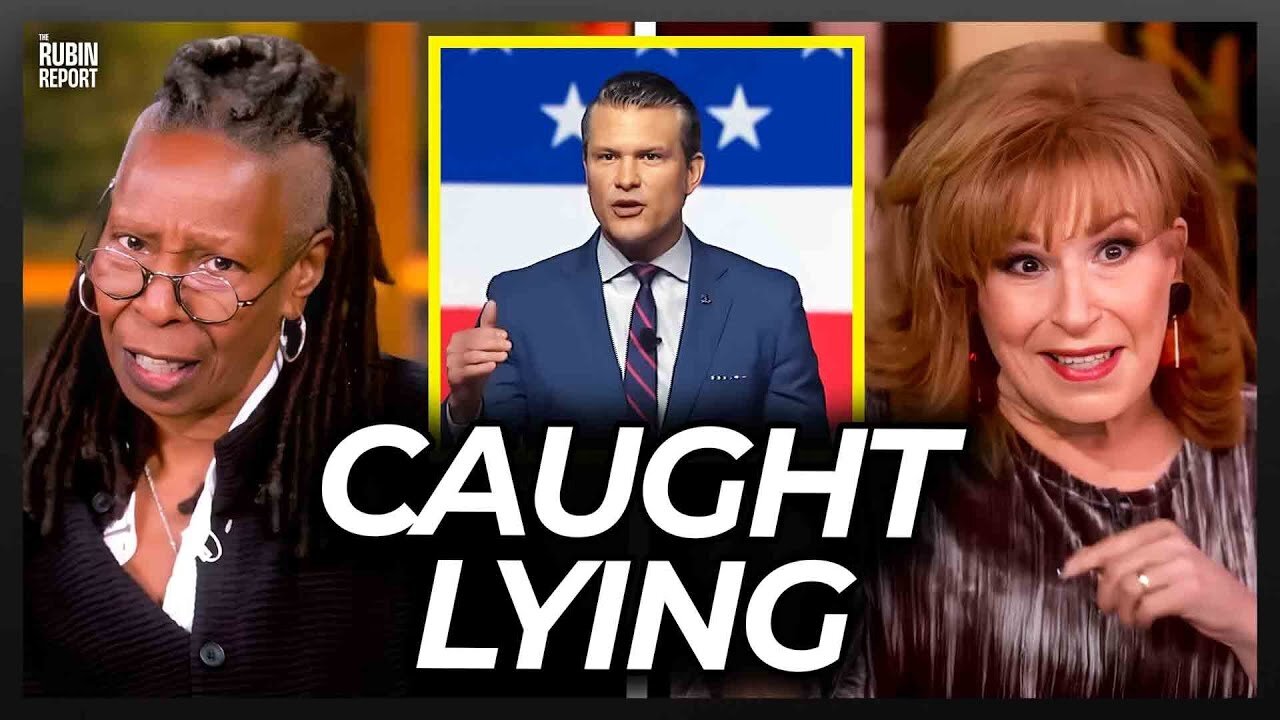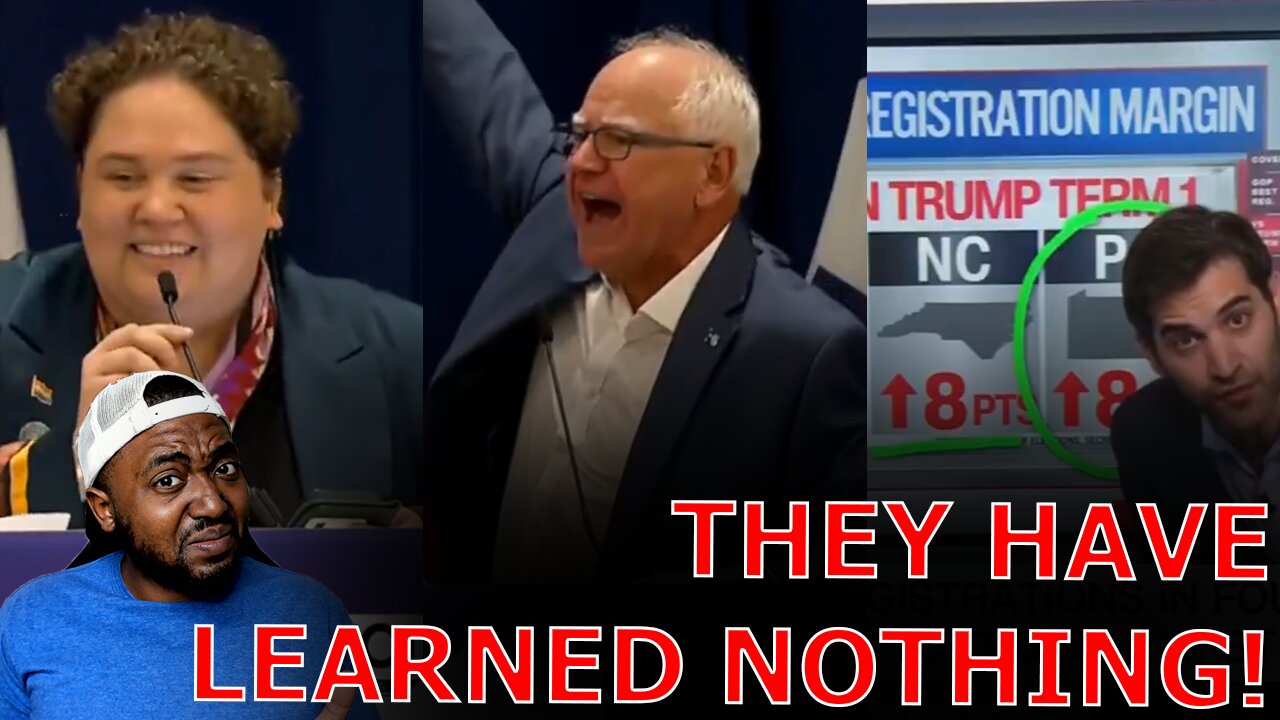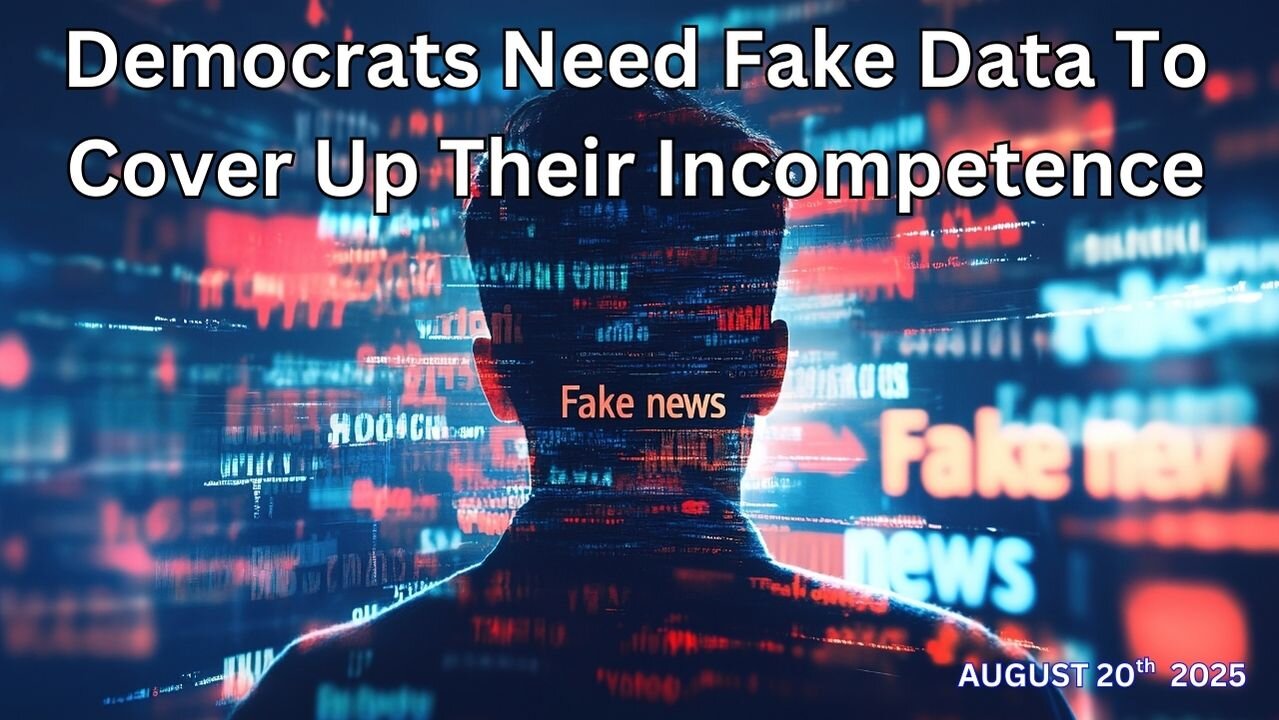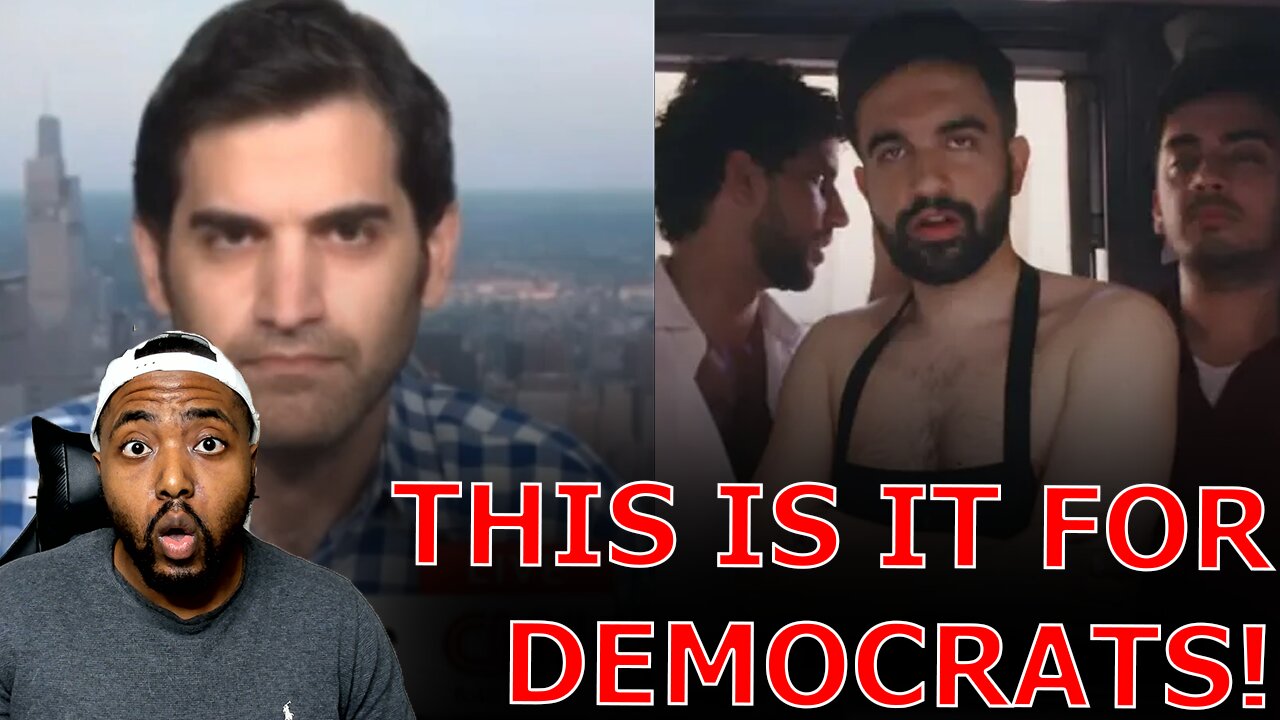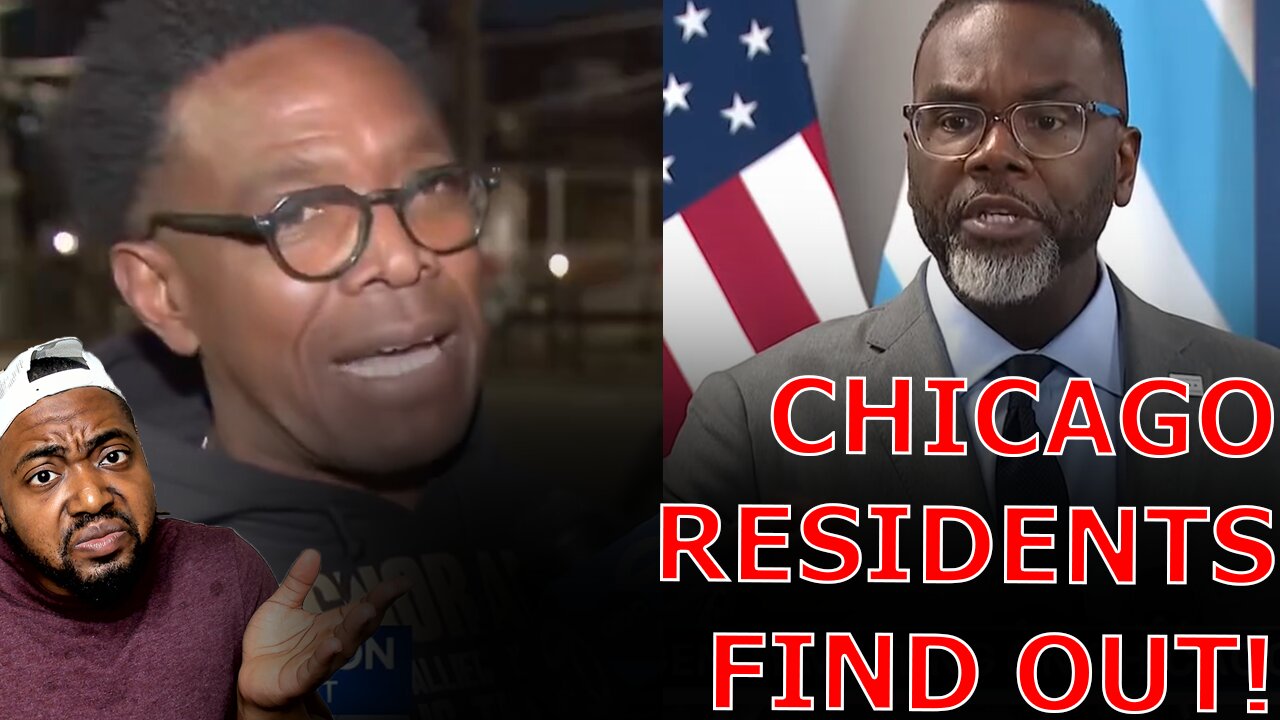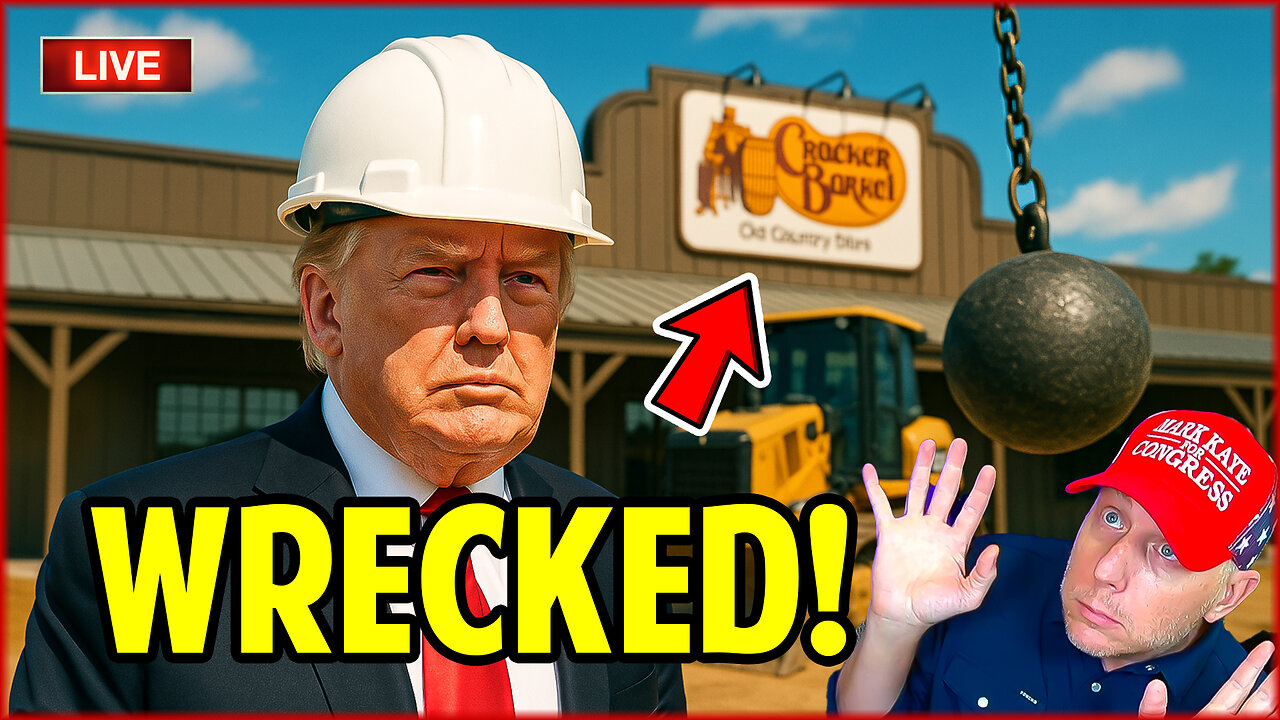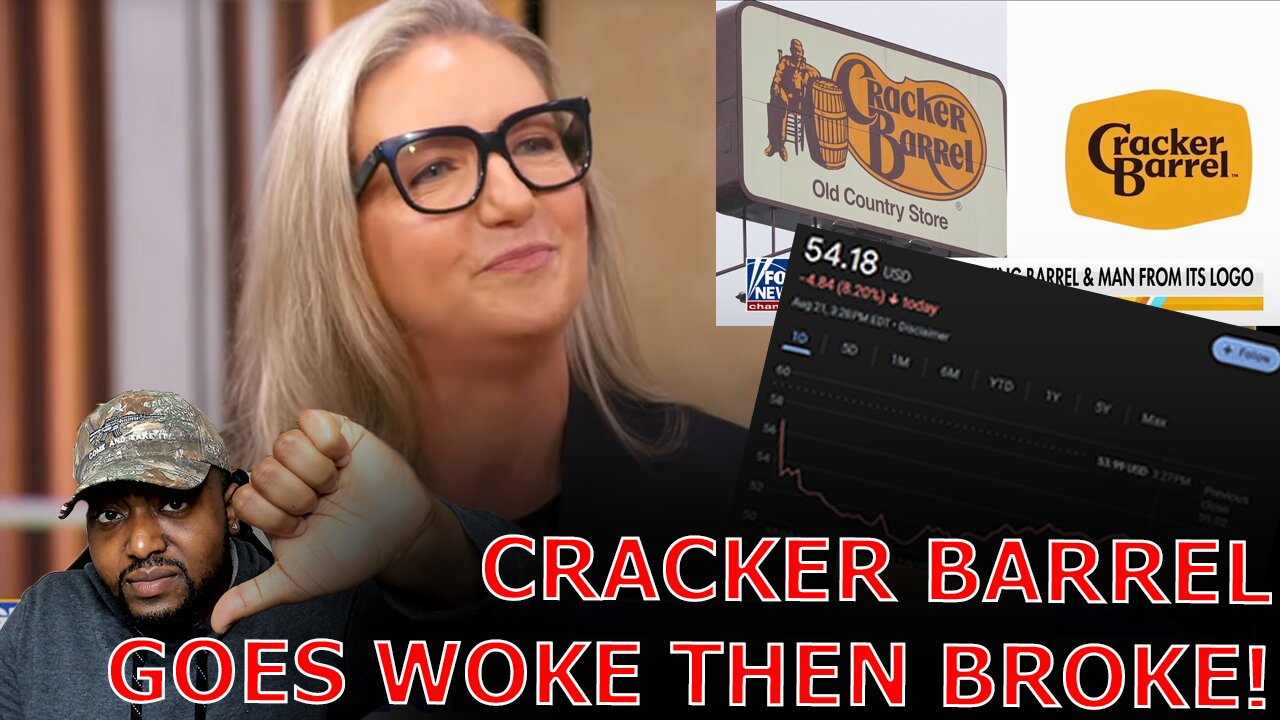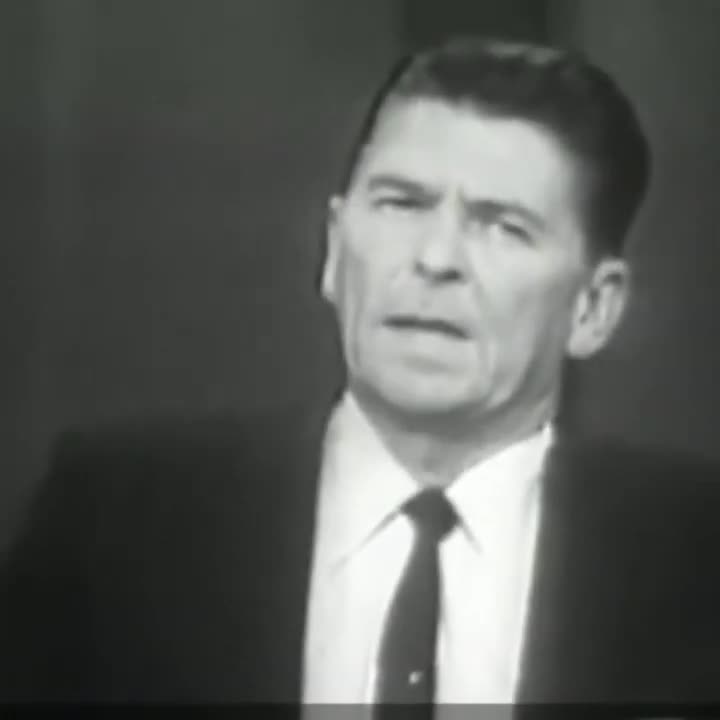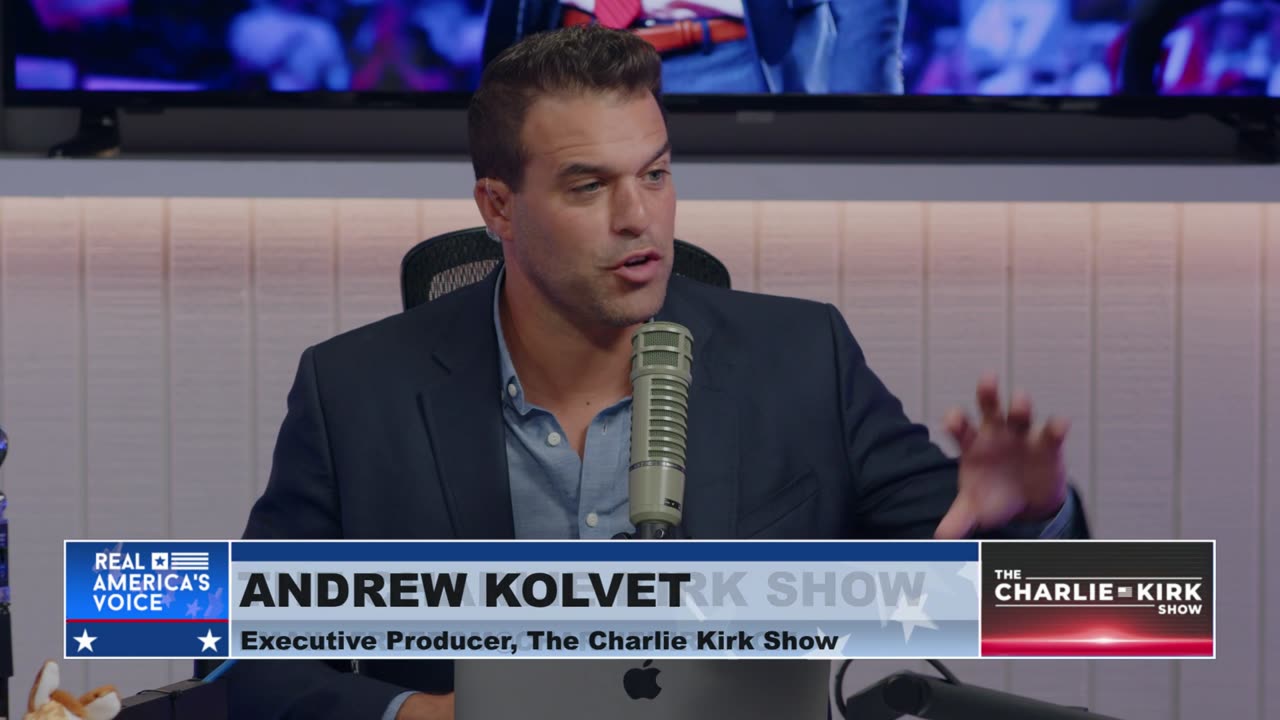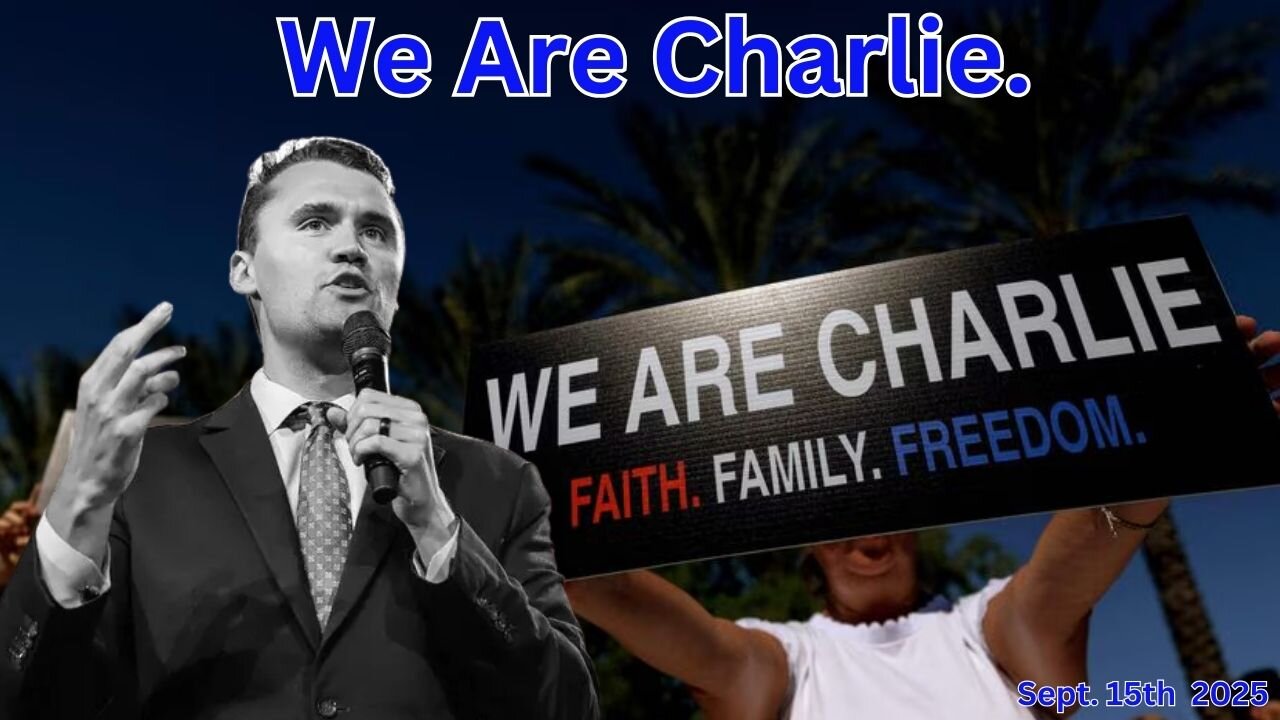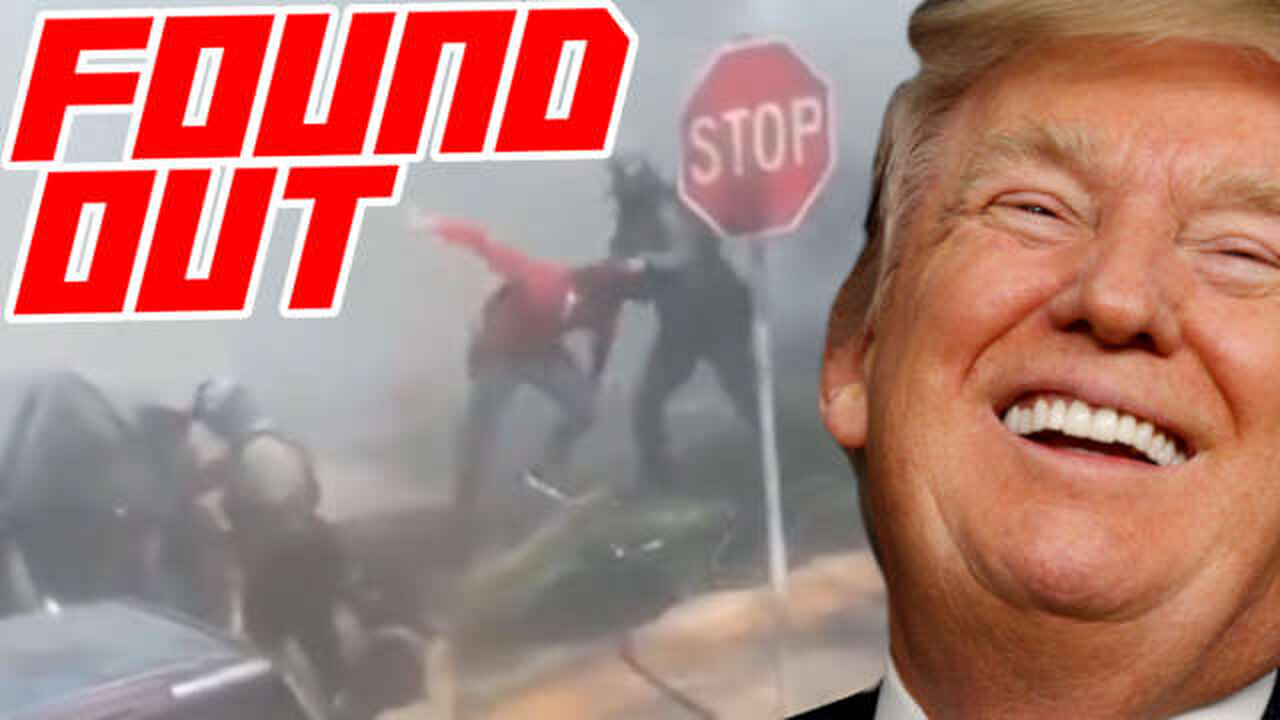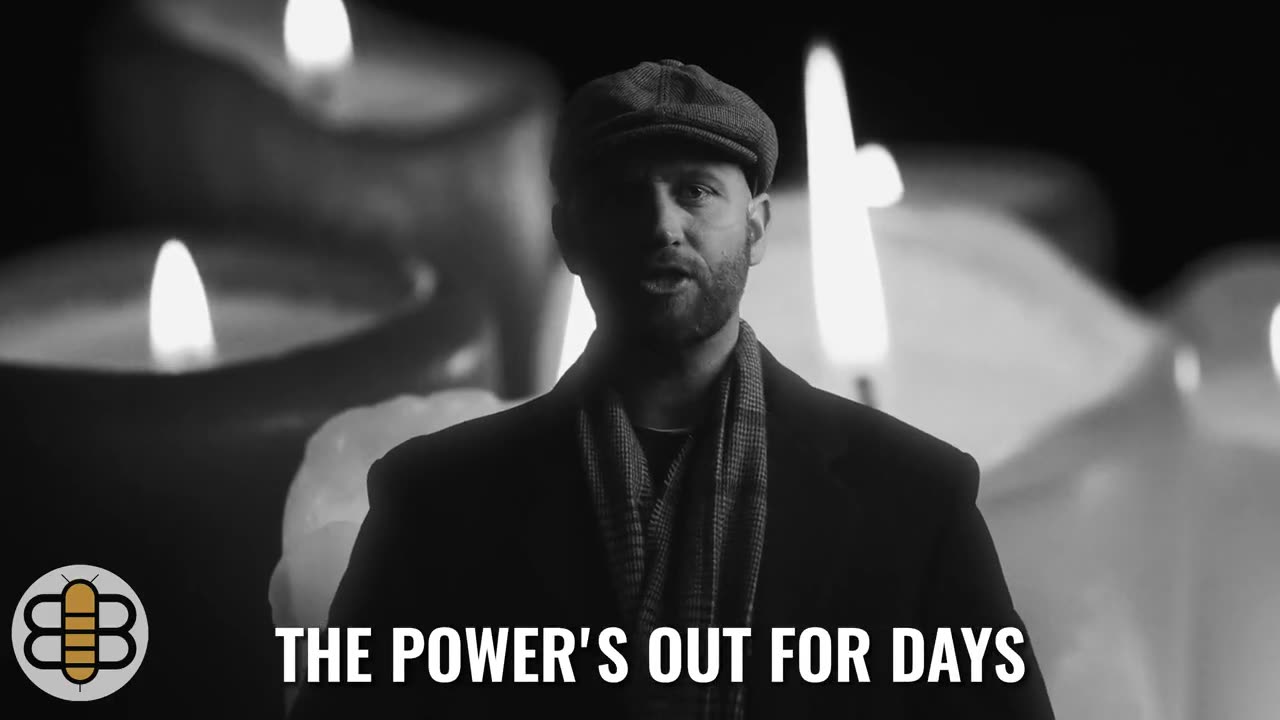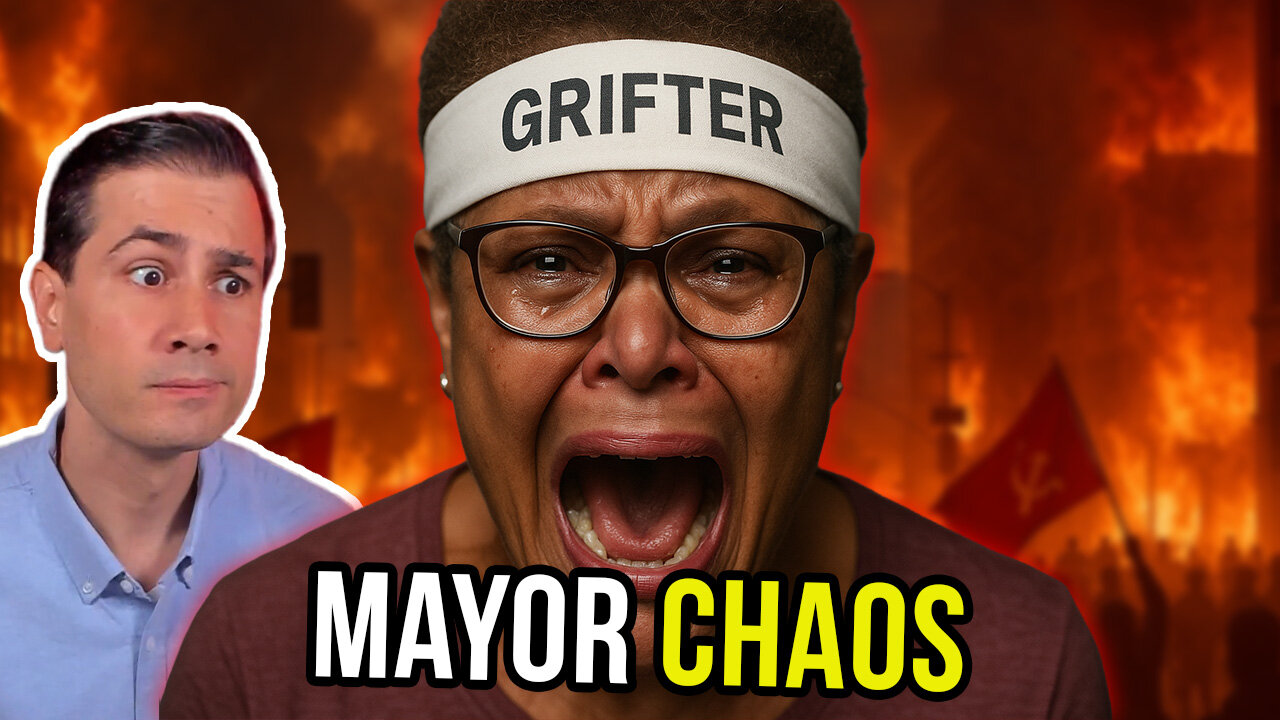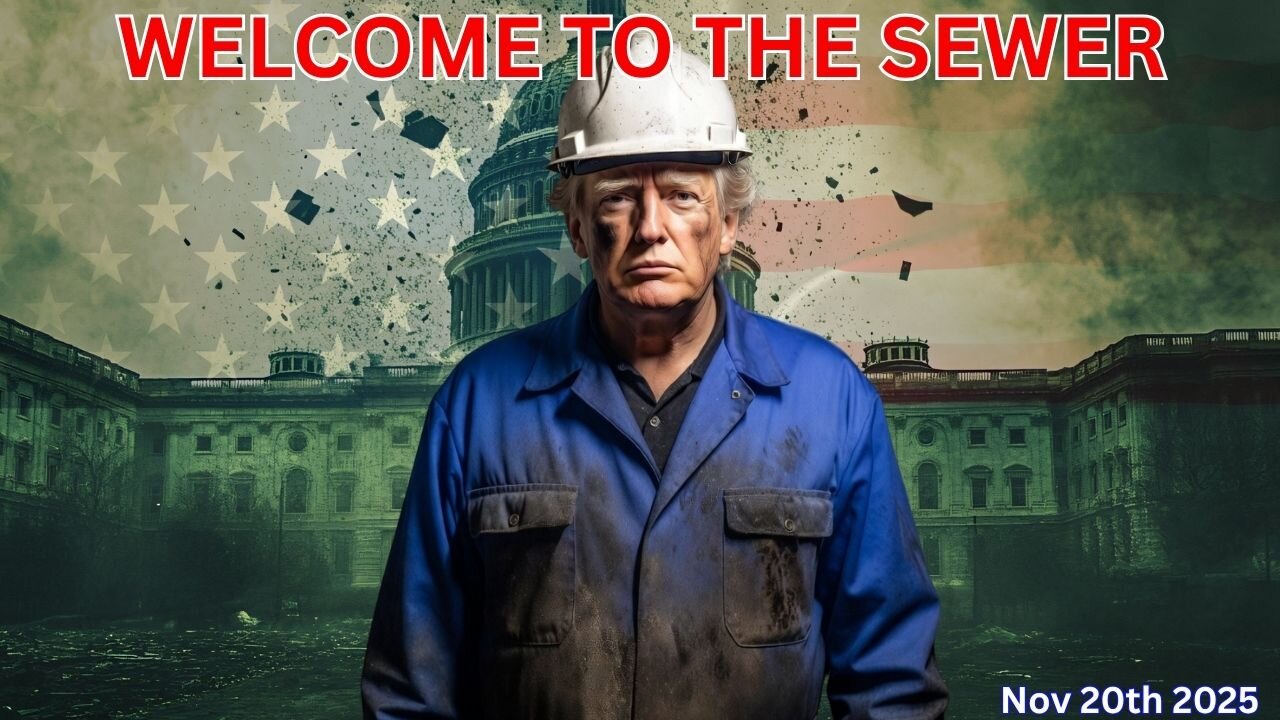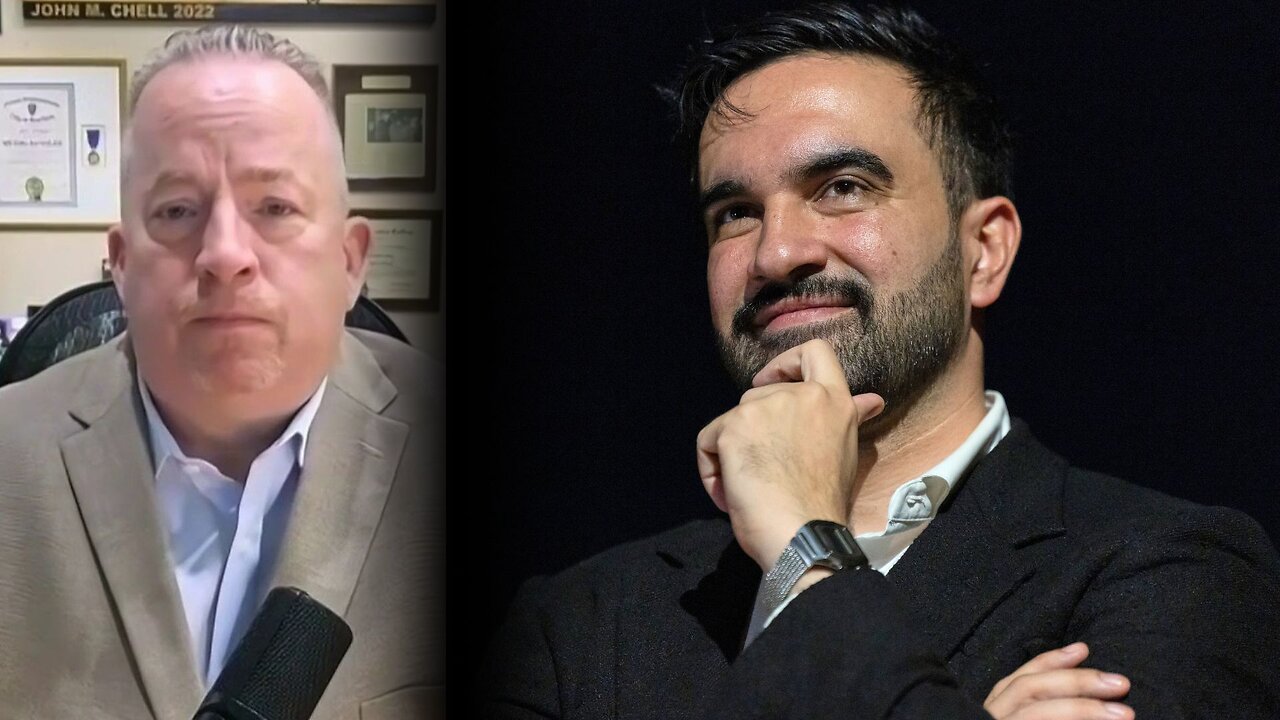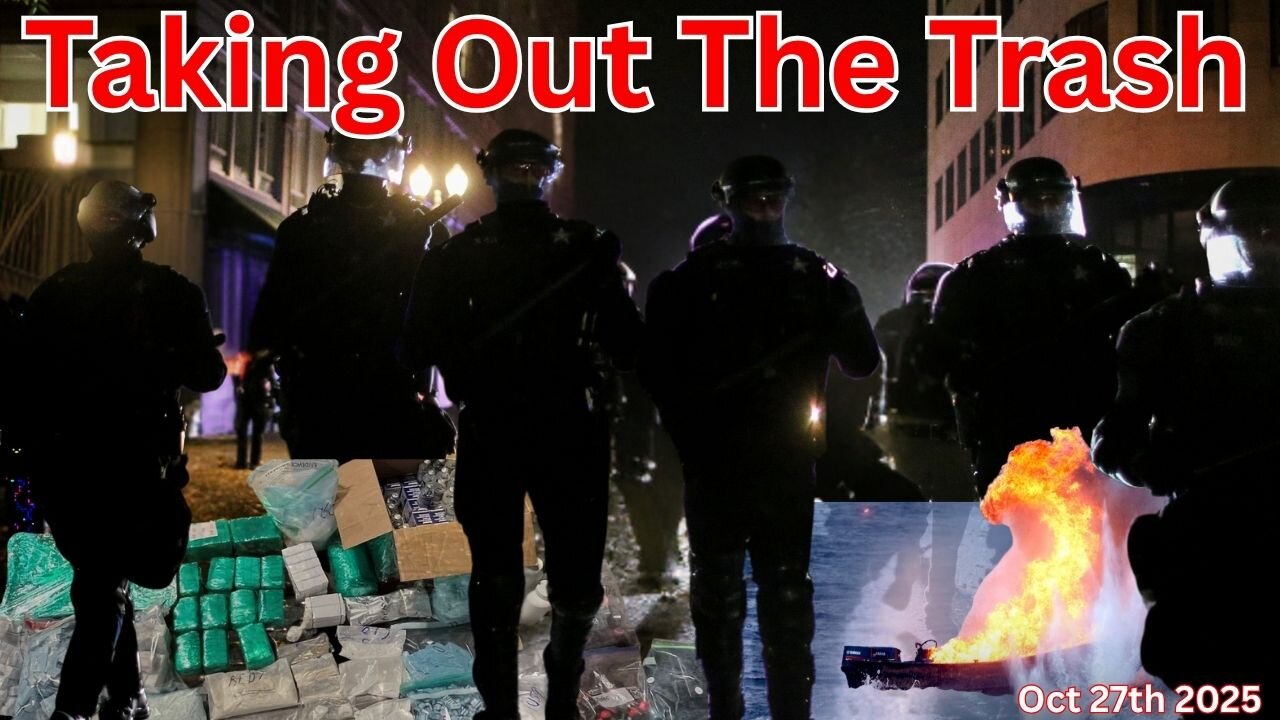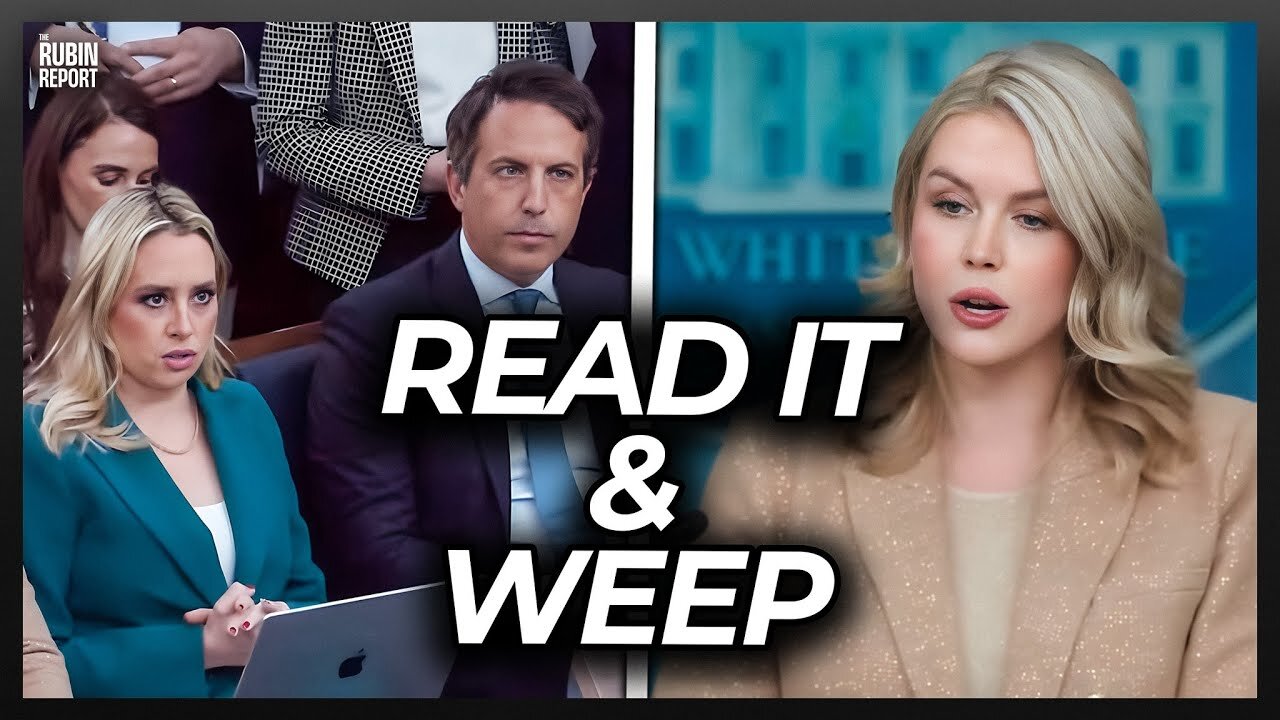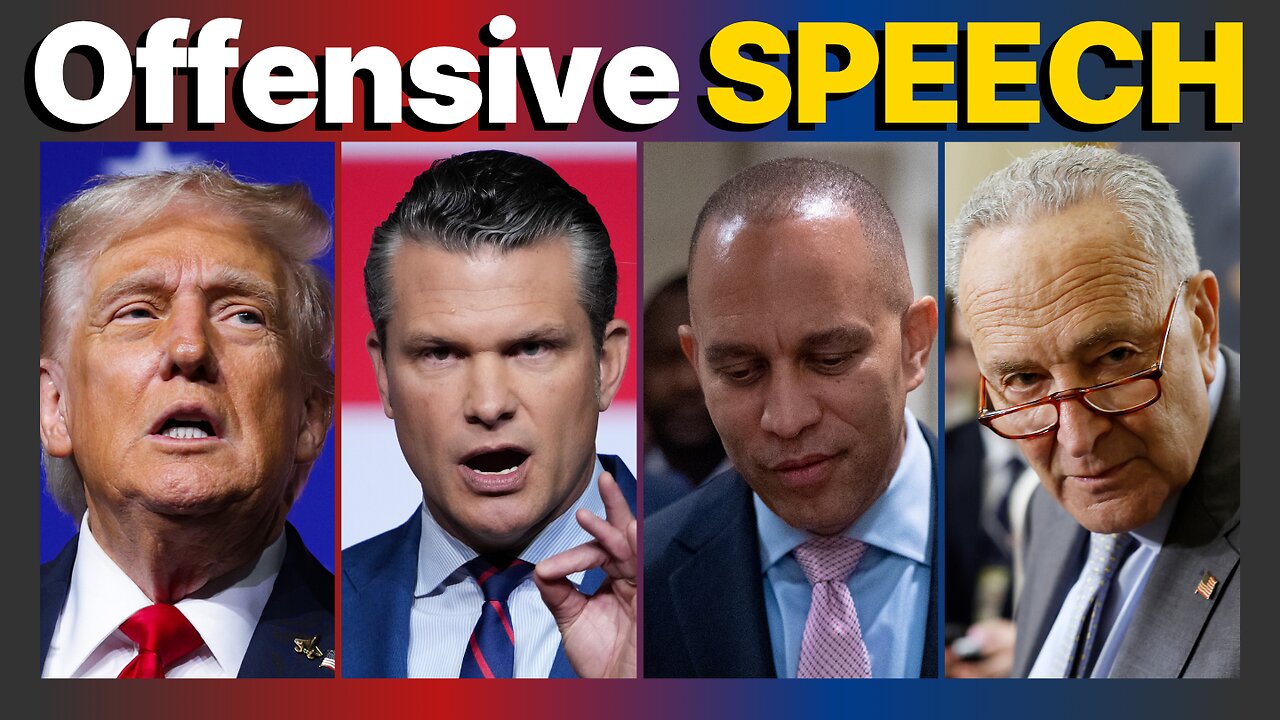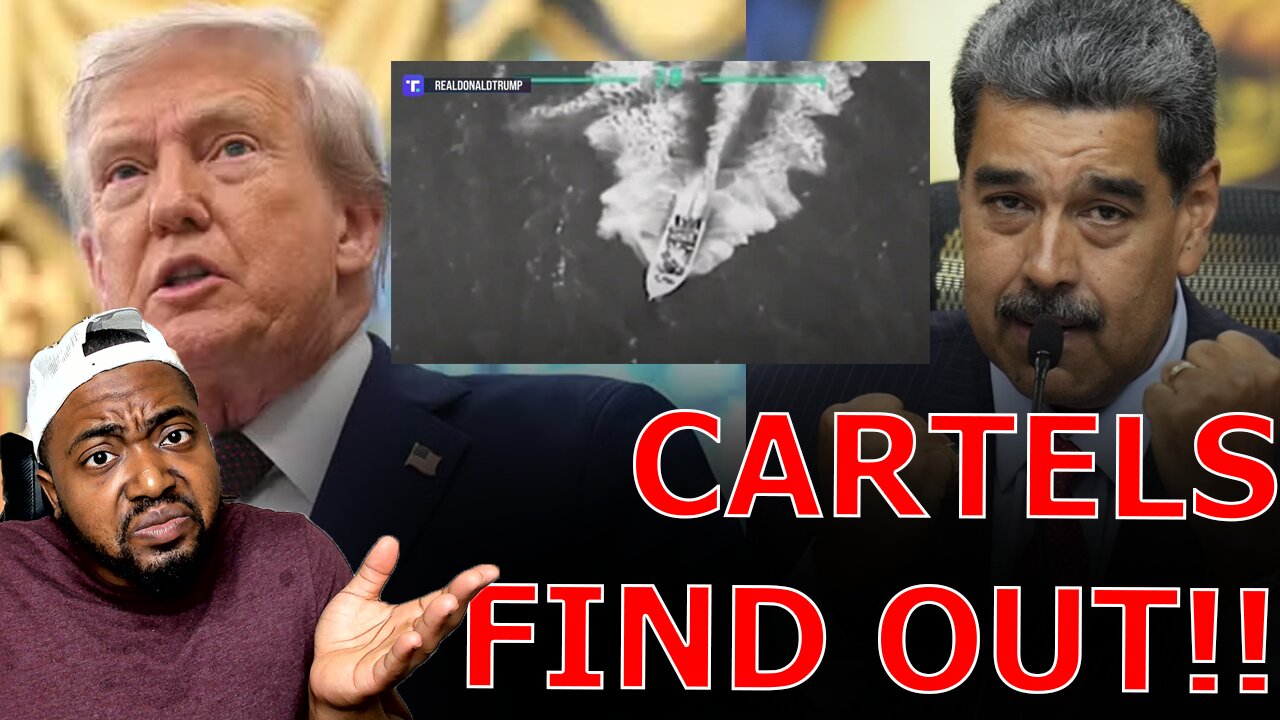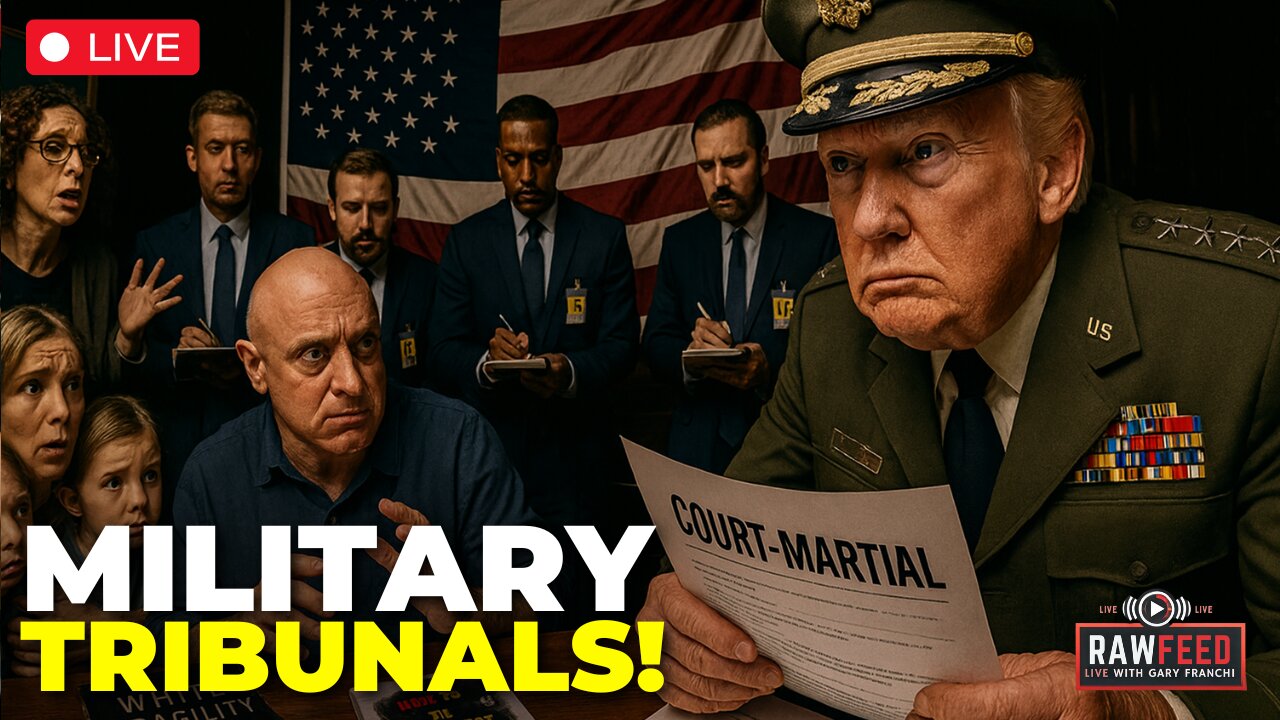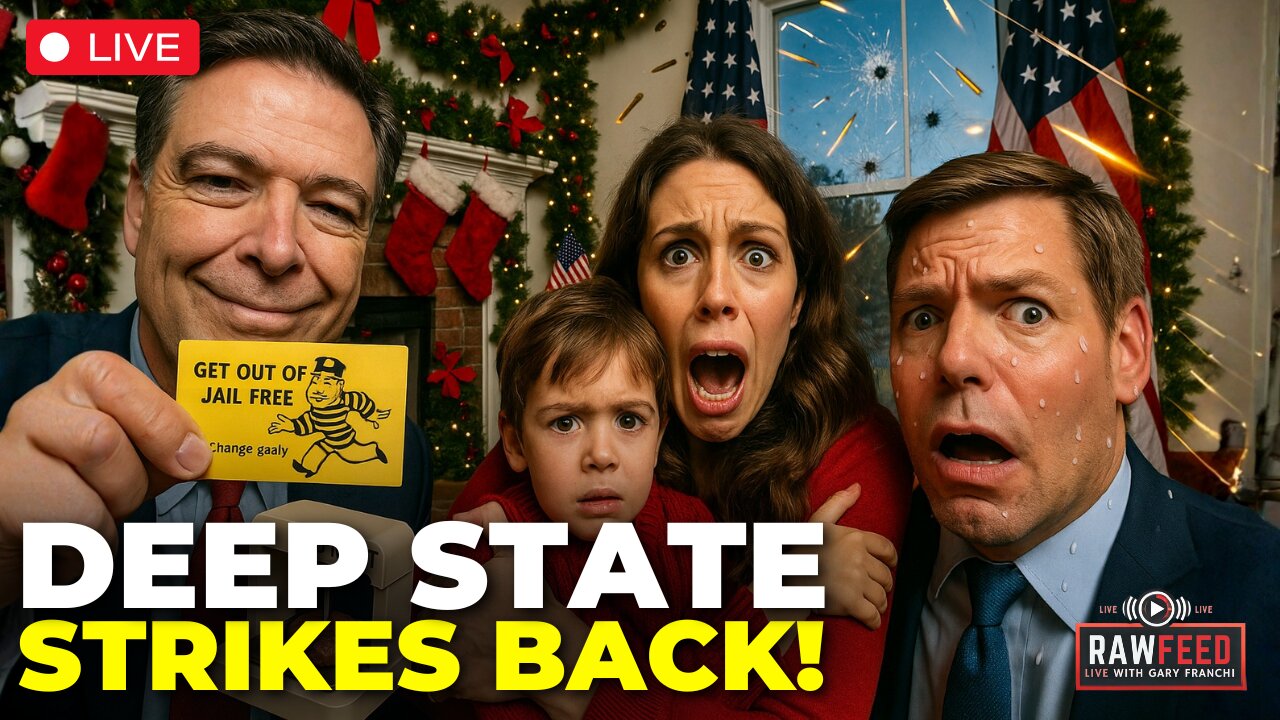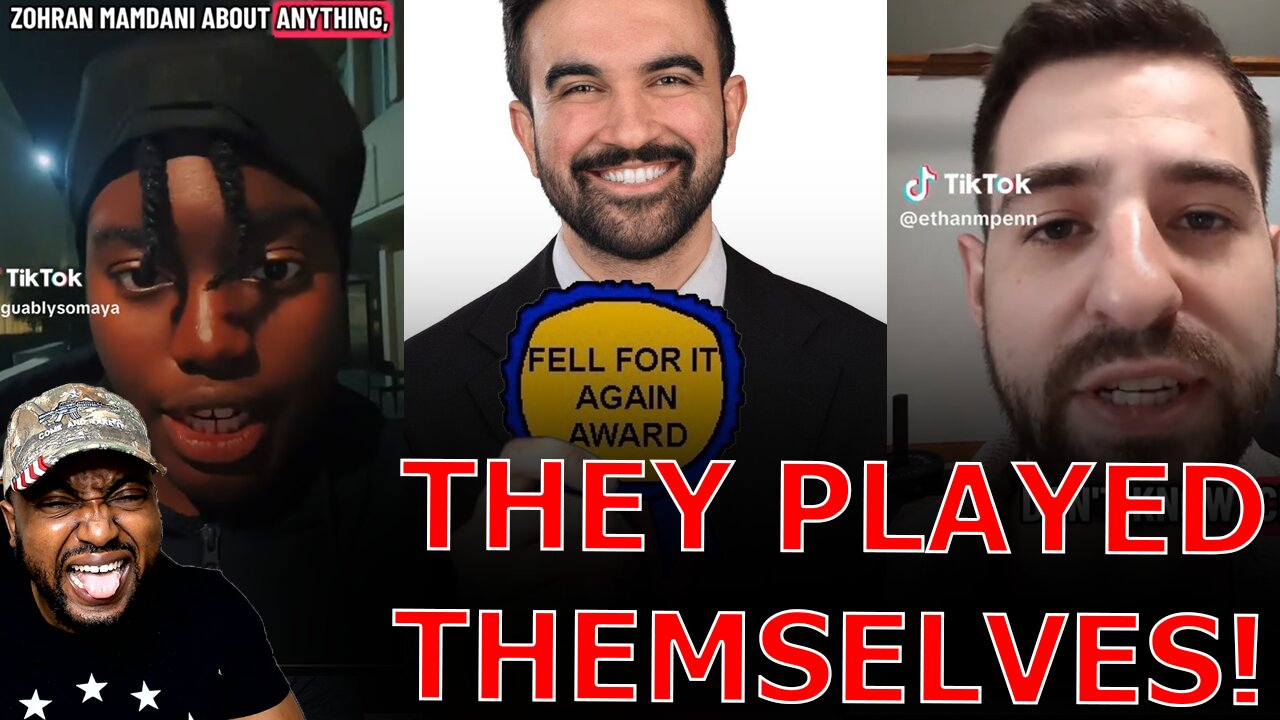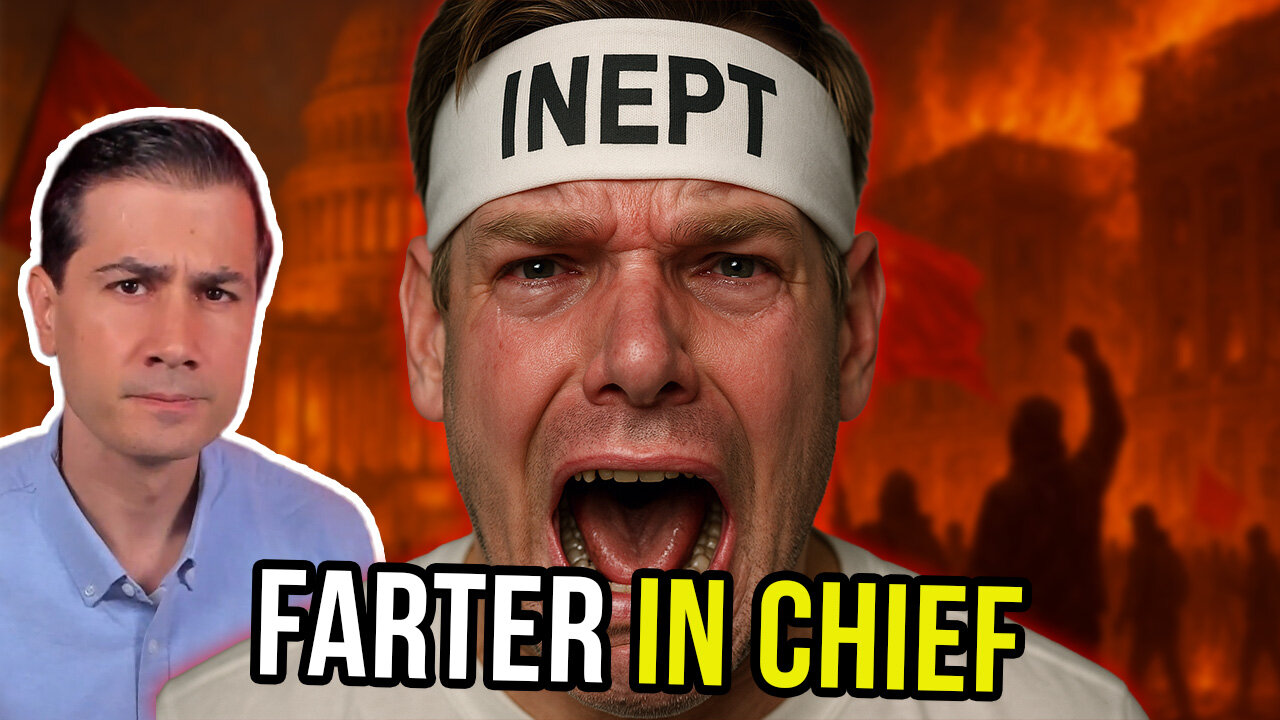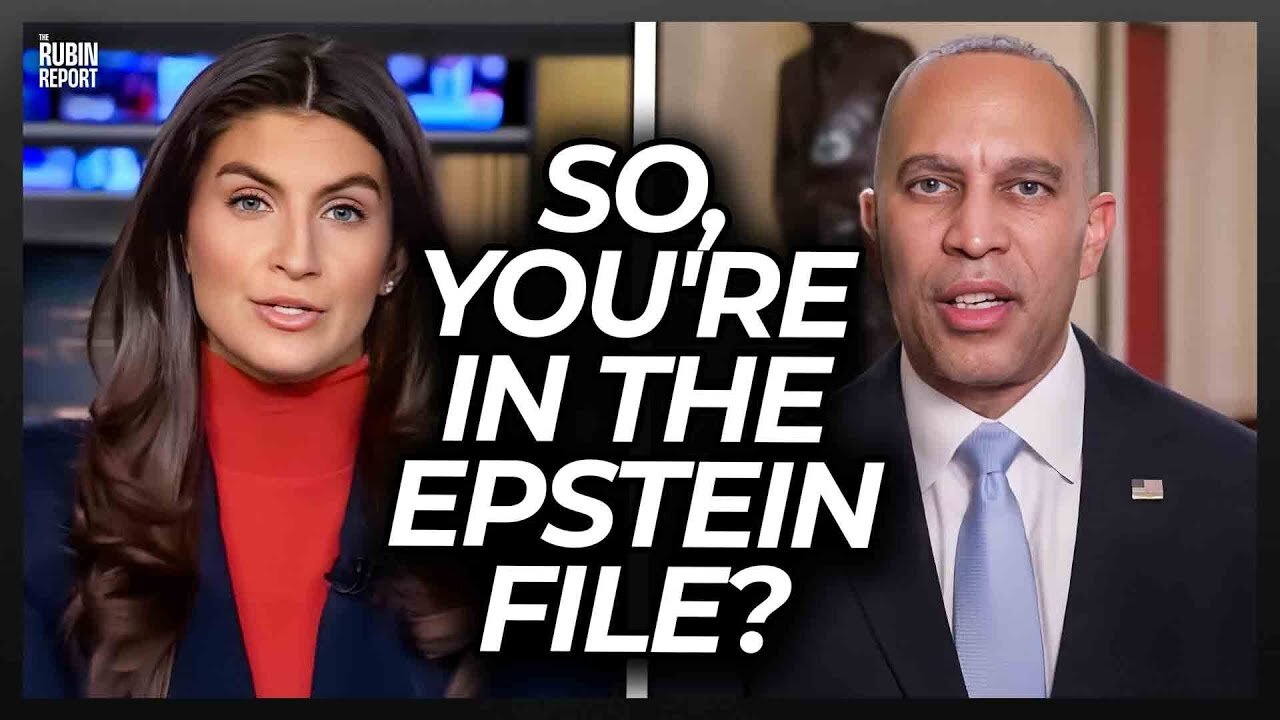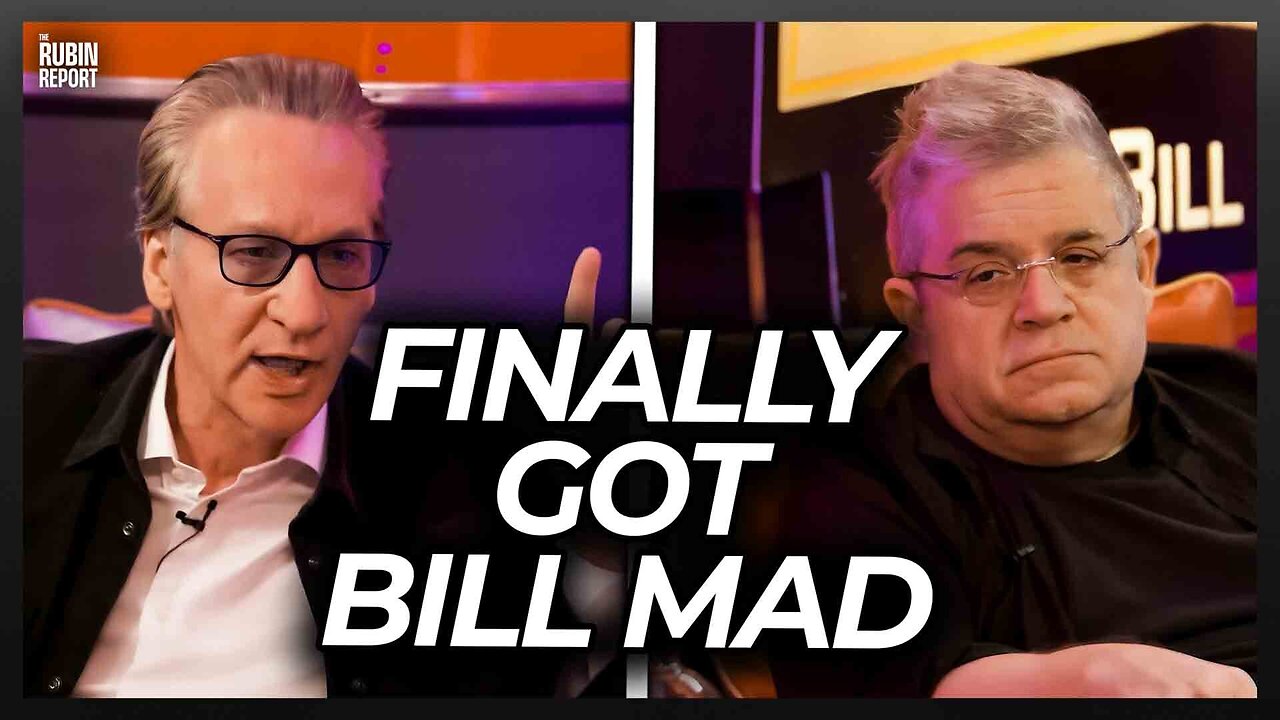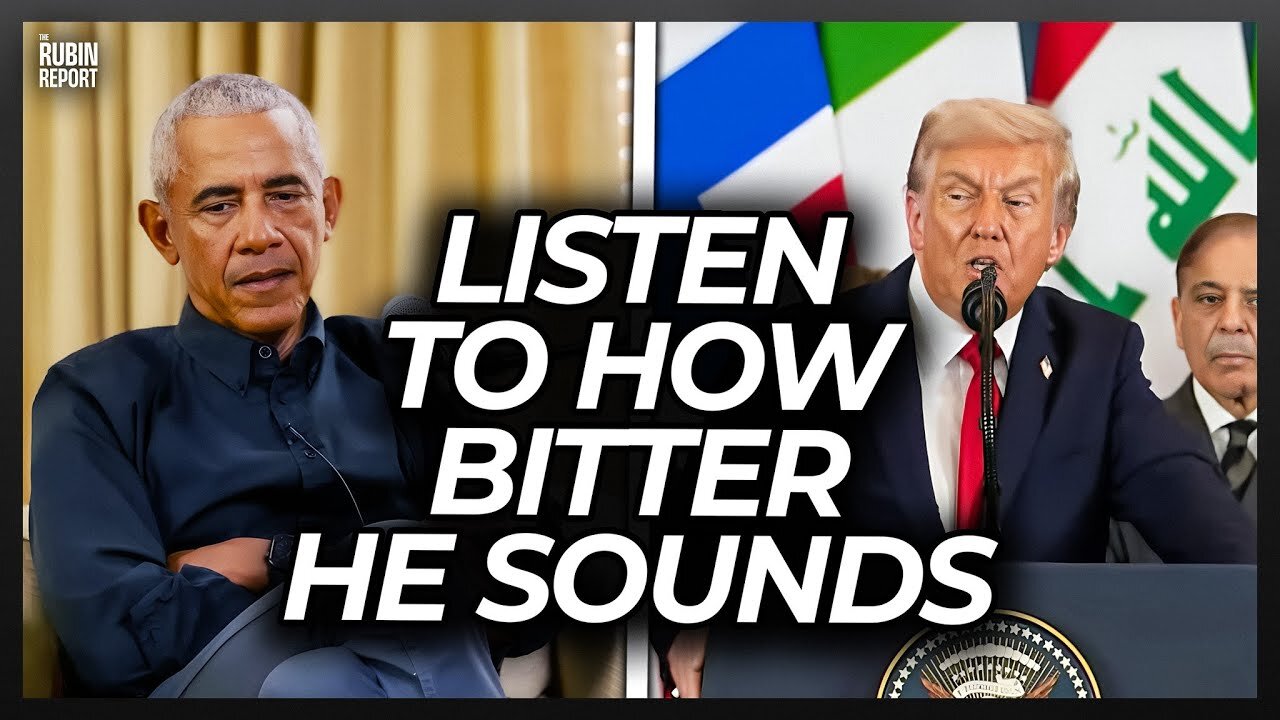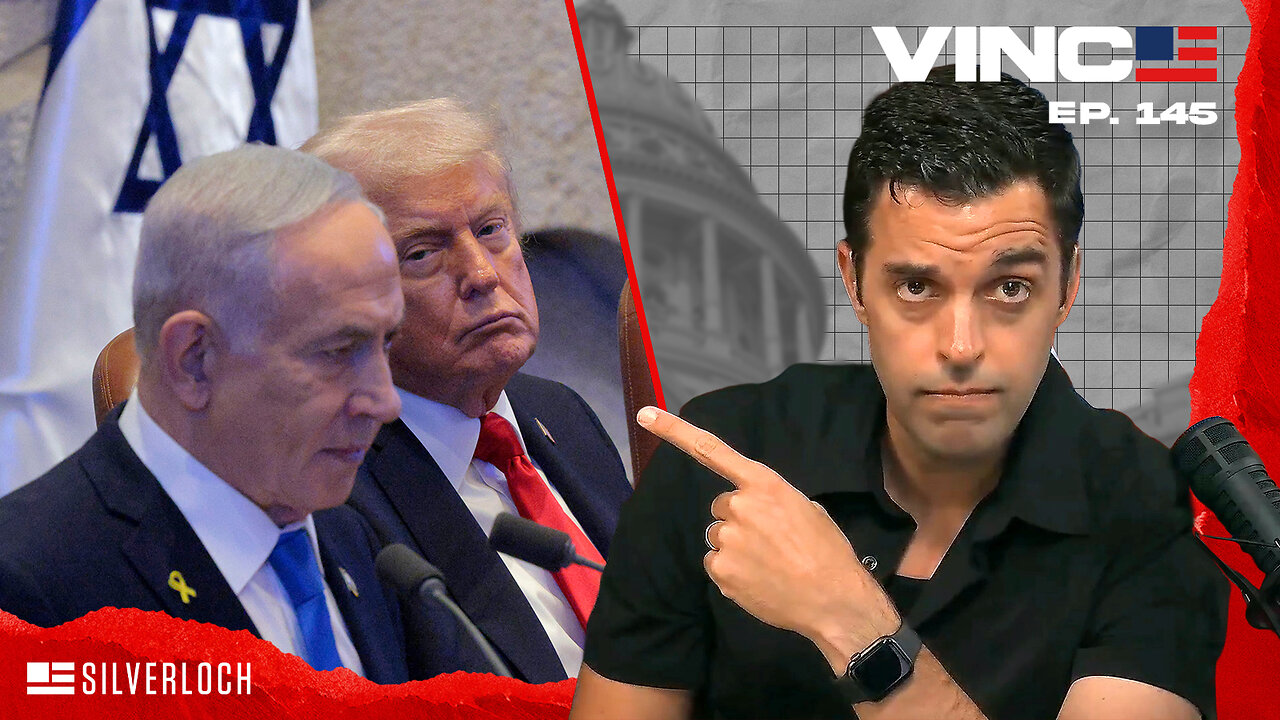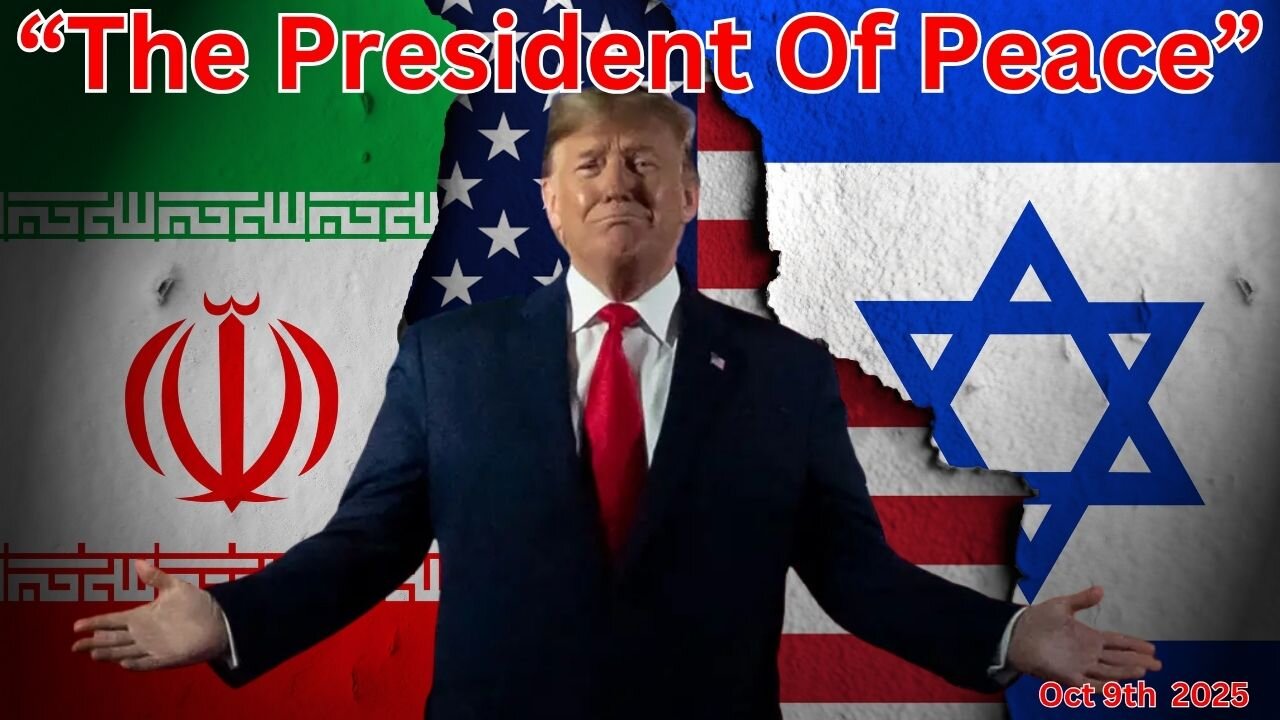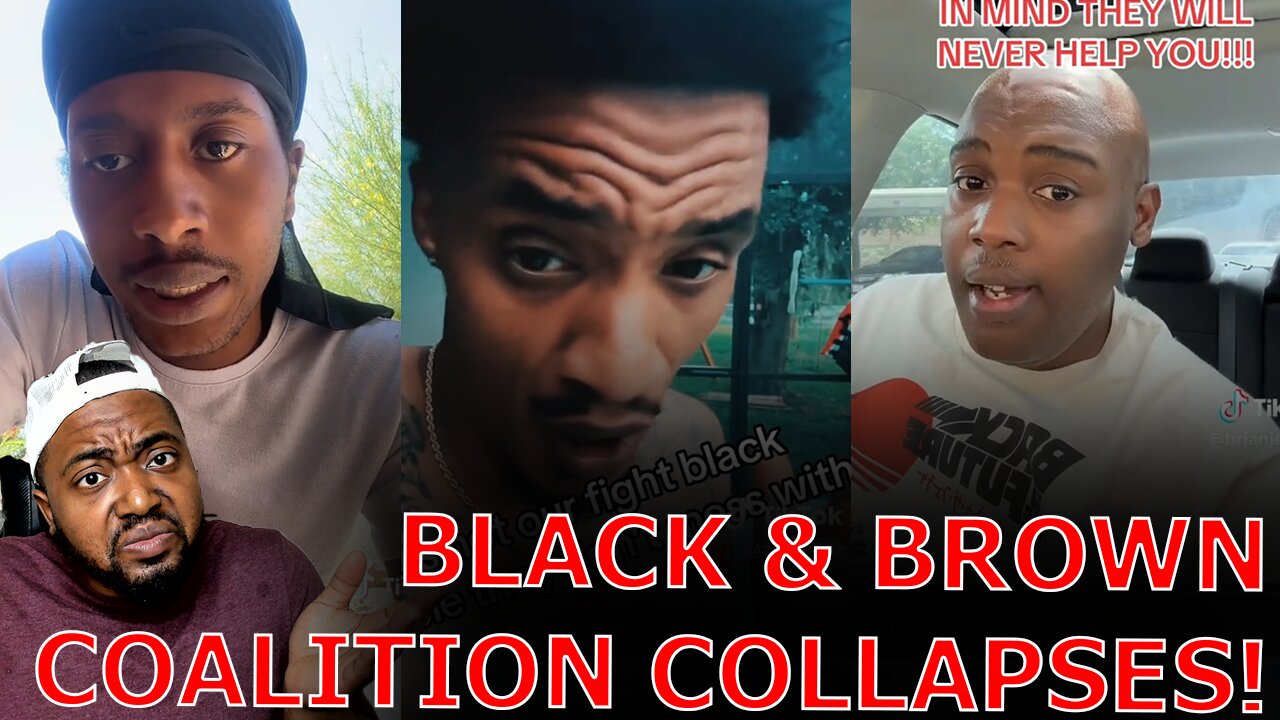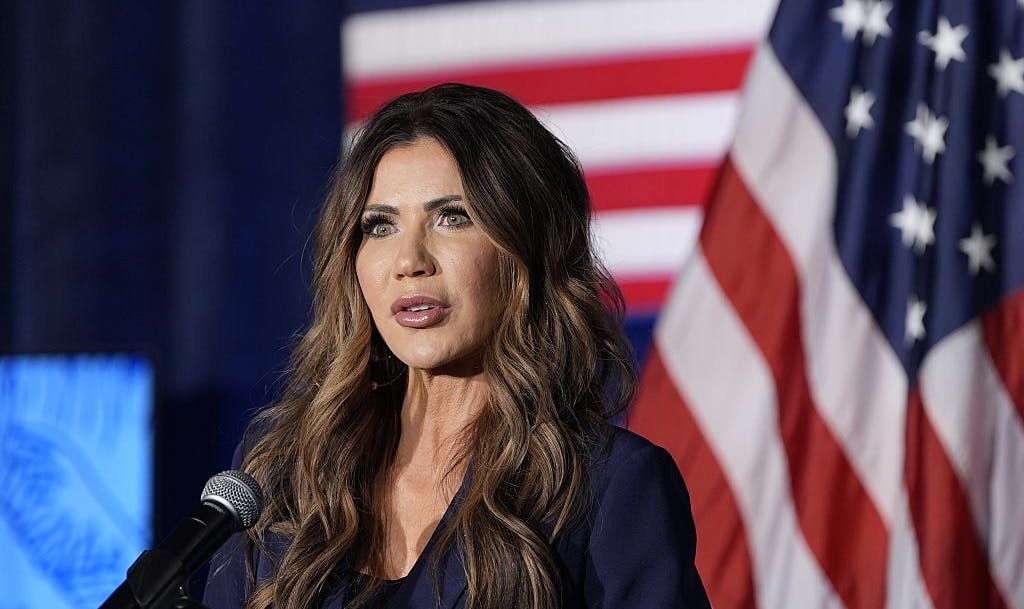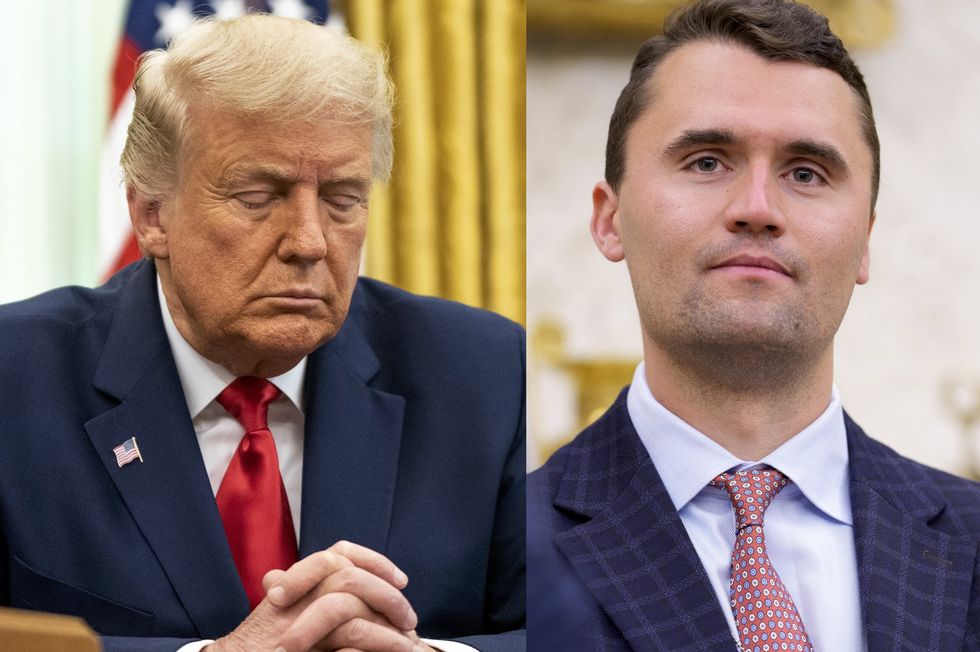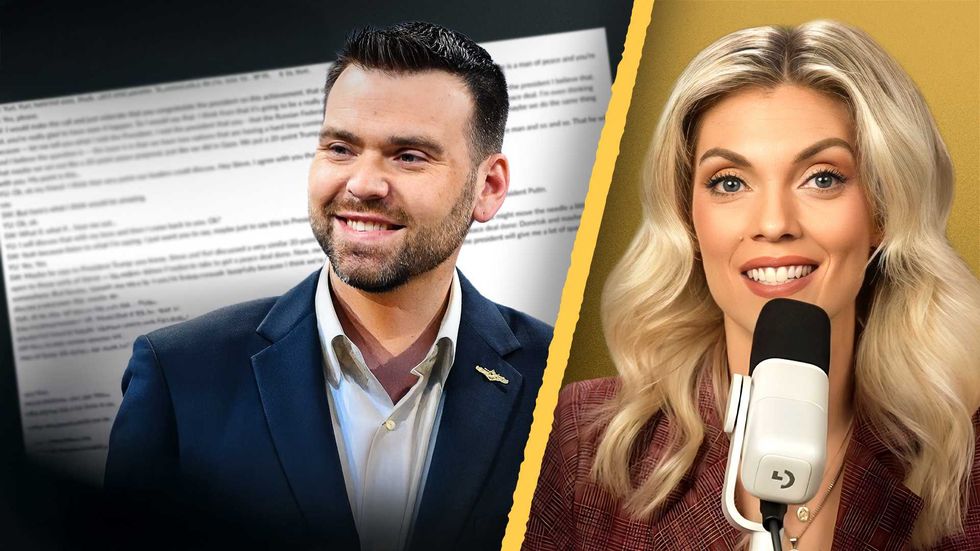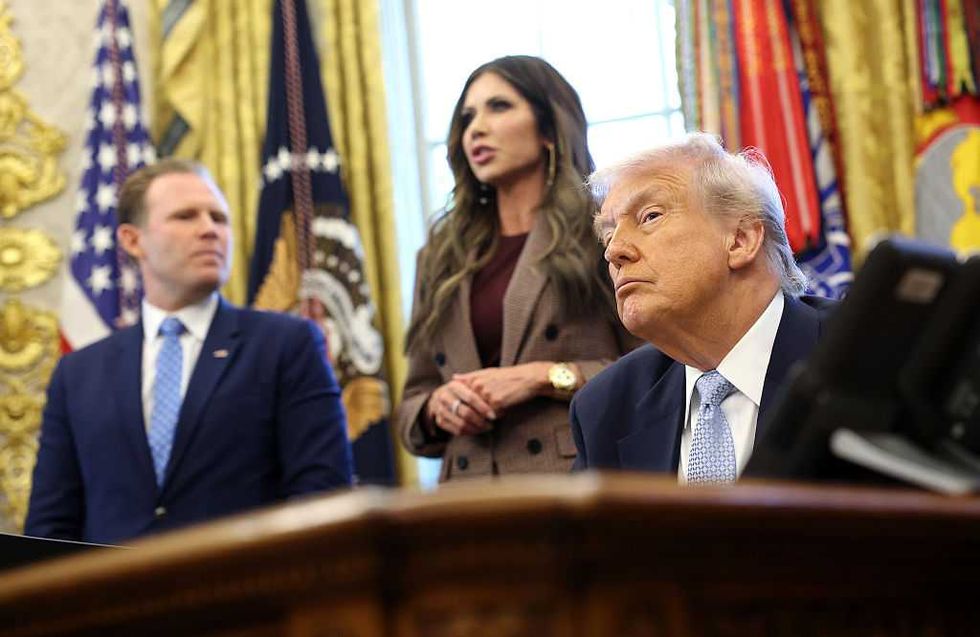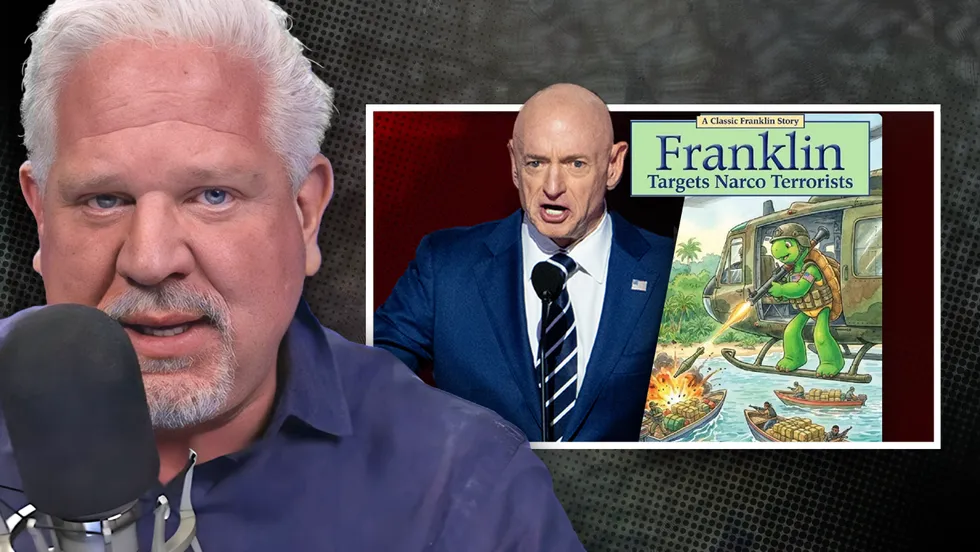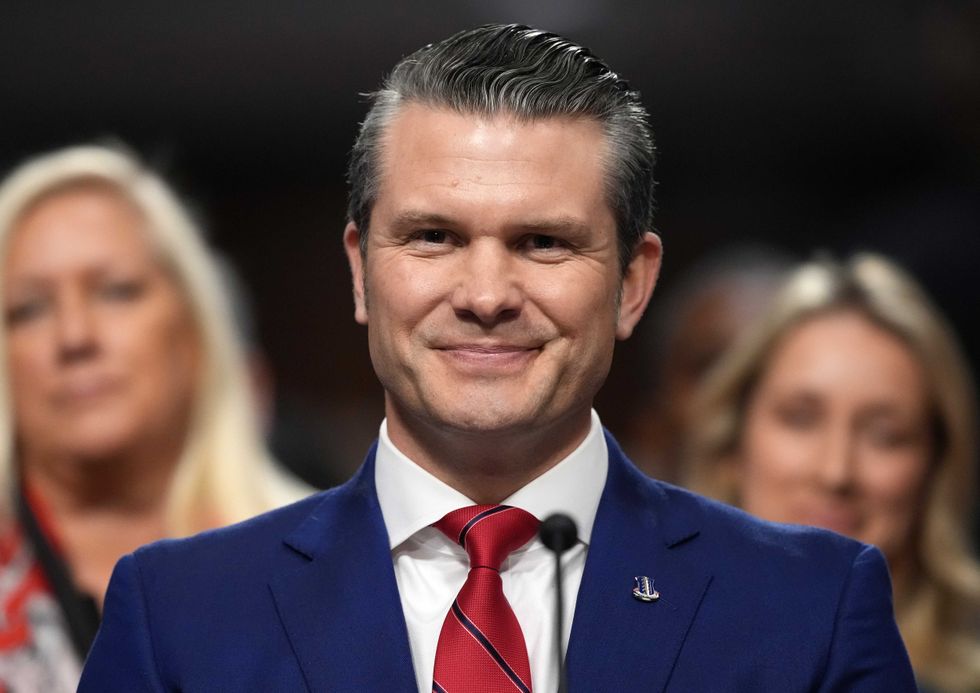The Myth of Mexico’s ‘American Gun Problem’

This week, the Supreme Court tossed out the Mexican government’s lawsuit against seven major U.S. gun manufacturers, holding that a federal statute called the Protection of Lawful Commerce in Arms Act barred Mexico from filing the lawsuit in the first place.
In the suit in question, Mexico alleged the gun companies were civilly liable for billions of dollars in damages for violence committed in Mexico by Mexican drug cartels, on the theory that the companies aided and abetted unlawful sales of firearms to Mexican traffickers.
The Court’s unanimous opinion in the case, Smith & Wesson v. Estados Unidos Mexicanos, is a resounding victory for America’s lawful gun industry. Among other things, it ensures that foreign governments can’t use abusive litigation to dictate America’s national gun policy or compel American gun companies to undermine the constitutional rights of American citizens.
The ruling also underscores some inconvenient truths for the Mexican government about the reality of gun violence in that nation. Try as it might to cast one of America’s most regulated industries as the villain orchestrating with drug cartels to keep Mexico awash in violence, the Mexican government’s claims have always been little more than disingenuous attempts to blame anyone but itself for the nation’s cartel-driven and corruption-fueled violence woes.
The case didn’t involve the Second Amendment or challenges to any specific gun control law. It centered, rather, on the meaning of the Protection of Lawful Commerce in Arms Act, which generally bars lawsuits against gun manufacturers and sellers that seek to hold them civilly liable for the criminal or unlawful misuse of firearms by third parties. But the act is itself an important bulwark protecting Americans’ right to keep and bear arms.
Congress passed this law in 2005 with bipartisan support after years of concerted efforts by anti-gun groups and local politicians to kneecap the lawful gun industry by inundating it with frivolous—but expensive and time-consuming—lawsuits. The lawsuits often alleged that even though the gun companies followed every applicable law to the letter when manufacturing and selling their products, they still ought to be civilly liable for the independent criminal actions of other people who commit violent crimes with the guns.
These theories of legal liability were never litigated successfully in court, but for the anti-gun groups, legal success wasn’t necessarily the point. They hoped that, by engaging in abusive litigation tactics, they could eventually browbeat the gun industry into “voluntarily” adopting their desired gun control policies—circumventing the inconvenient reality that these policies were either too unpopular or too constitutionally dubious to be passed into law. Gun control activists thereby sought to achieve through lawfare what they couldn’t achieve through the democratic process.
Congress passed the Protection of Lawful Commerce in Arms Act to protect the lawful gun industry from this type of lawfare by prohibiting these types of meritless civil liability lawsuits in the first place.?
However, the act’s bar was not absolute. The statute’s “predicate exception” allows civil liability lawsuits to be brought when the manufacturer or seller “knowingly violated a State or Federal statute applicable to the sale or marketing of firearms,” and “the violation was a proximate cause of the harm for which relief is sought.”
Mexico argued that its lawsuit fell into this predicate exception and should therefore be allowed to proceed.
The Supreme Court correctly identified that Mexico’s theory of liability was every bit as tenuous and strained as the types of lawsuits that initially motivated Congress to pass the Protection of Lawful Commerce in Arms Act. Mexico never alleged that the gun manufacturers directly sold guns to Mexican cartels, actively conspired with gun traffickers, or even intended for Mexican cartels to use their products. It didn’t accuse the companies of violating the myriad state and federal regulations concerning the lawful manufacture and sale of firearms. Nor could the Mexican government identify any criminal charges ever levied against the companies or their employees for aiding and abetting gun traffickers.
So how did Mexico suppose these American gun manufacturers aided and abetted criminal gun trafficking to Mexican drug cartels?
In short, Mexico said, the gun manufacturers are liable for Mexican cartel violence merely because they exist and engage in ordinary business practices, despite knowing that some bad actors might, at some point in the future, after a series of intervening criminal actions carried out by multiple third parties, criminally misuse some of the manufacturers’ products in Mexico.
No, seriously.
Mexico’s primary argument was that the gun companies aid and abet Mexican cartels by lawfully supplying guns to licensed retailers in the United States, who then engage in legal sales with customers exercising their constitutional rights, a small minority of whom might later—entirely outside of the retailer’s control—sell the guns to criminal traffickers, some of whom might then illegally smuggle the weapons into Mexico and illegally sell them to Mexican drug cartels, who, in turn, might use some of those guns to perpetrate criminal violence against Mexicans in Mexico.
Mexico’s backup argument was both less compelling and more problematic.
Even though these gun manufacturers complied with every U.S. law governing the already heavily regulated industry, Mexico argued that they should have voluntarily adopted even more restrictive business practices that would allegedly reduce the risks of their guns being smuggled into Mexico.
Unsurprisingly, these “voluntary” business practices closely resemble Mexico’s own restrictive gun control laws, which prohibit Mexican civilians from buying virtually any of the types and calibers of firearms most commonly purchased by American civilians and most clearly protected by the Second Amendment.
Essentially, the Mexican government contended that American companies ought to have imposed Mexico’s gun control laws on themselves—in the process rewriting the U.S. Constitution for all practical purposes.
Not even the Supreme Court’s most staunchly anti-gun justices could buy the arguments that Mexico tried to sell here. Even if Mexico could prove that the manufacturers’ lawful and ordinary business actions incidentally facilitate the ability of third parties to commit crimes, this could not remotely constitute aiding and abetting.
More importantly, Mexico’s inability to demonstrate that its arguments are even plausibly true speaks to an even greater underlying reality, one the Supreme Court didn’t delve into but which nonetheless merits consideration.
Mexico’s most basic claim is that its gun violence problem is really an American gun problem, and that its inability to handle cartel violence stems largely from the cartel’s use of firearms flowing across the border from its neighbor to the north.
The problem is that Mexico’s “American gun problem” is a complete myth.
It originates from decades-old congressional testimony by officials from the Bureau of Alcohol, Tobacco, Firearms and Explosives, who asserted that 90% of crime guns recovered by Mexican officials came from the United States. It was a blatantly dishonest mischaracterization of the agency’s data on foreign crime gun traces, and Mexican officials (and gun control advocates in the United States) have repeated variations of the claim ever since.
But repeating an erroneous statement does not suddenly make the statement true.
Yes, it’s true that 90% of the crime guns recovered by Mexican police, submitted to ATF for tracing, and successfully traced by ATF that year originated in the United States. But Mexico only submitted 24% of all recovered crime guns to ATF for tracing—presumably because these were the only guns the Mexican government had reason to believe originated in the United States. Moreover, ATF was unable to conduct a successful trace for 45% of the subset of Mexican crime guns submitted to the agency.
What ATF’s data actually demonstrated, then, was that most crime guns recovered by Mexican authorities—88% of them, to be precise—were not tied back to the United States. Even then, both ATF and Mexican scholars have pointed out that the data is distorted by the fact that as many as 20% of the Mexican government’s tracing submissions to ATF were duplicates.
Unsurprisingly, the Mexican government also fails to mention its own role in facilitating the flow of U.S.-made firearms into the hands of drug cartels. Not all of these recovered U.S.-manufactured guns came into Mexico after being sold by U.S. retailers to American civilians, as Mexico’s lawsuit alleges. Rather, many of the guns were initially purchased from the U.S. government by the Mexican government, from whose military and police stockpiles guns tend to disappear with alarming regularity. This is in large part how the cartels obtain the deadliest portions of their arsenals, which increasingly include weapons like belt-fed machine guns, grenades, and even shoulder-fired anti-tank systems like the Javelin—none of which can be obtained through lawful civilian sales in the U.S.
The Mexican government’s desire to frame the lawful American gun industry as a patsy for Mexico’s crime problems has never been about a legitimate concern that one of the most heavily regulated industries in the nation is secretly working with the cartels to aid and abet violent crimes in Mexico. It only showcases the Mexican government’s desire to do two things: shift the blame for Mexico’s violence away from its own corruption and incompetence and interfere with the United States’ domestic gun policies.
Mexico is free to implement restrictive gun control policies that leave its citizens utterly defenseless against criminal violence. But it cannot similarly dictate American gun policy or coerce the lawful American gun industry into undermining the constitutional rights of law-abiding American citizens. Congress said as much with the Protection of Lawful Commerce in Arms Act. And fortunately—at least for now—a unanimous Supreme Court agrees.
The post The Myth of Mexico’s ‘American Gun Problem’ appeared first on The Daily Signal.
Originally Published at Daily Wire, Daily Signal, or The Blaze
What's Your Reaction?
 Like
0
Like
0
 Dislike
0
Dislike
0
 Love
0
Love
0
 Funny
0
Funny
0
 Angry
0
Angry
0
 Sad
0
Sad
0
 Wow
0
Wow
0


